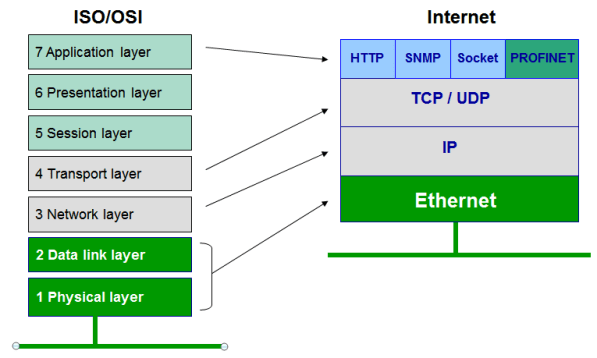The need of clocking blocks?
Clocking blocks have been introduced in SystemVerilog to address the problem of specifying the timing and synchronization requirements of a design in a testbench.
1) It is used to specify synchronization characteristics of the design
2) It Offers a clean way to drive and sample signals
3) It provides race-free operation if input skew > 0
4) It helps in testbench driving the signals at the right time
5) Features
- Clock specification
- Input skew,output skew
- Cycle delay (##)
6) Can be declared inside interface,module or program
Example :
Input and Output Skew :
Clocking blocks have been introduced in SystemVerilog to address the problem of specifying the timing and synchronization requirements of a design in a testbench.
1) It is used to specify synchronization characteristics of the design
2) It Offers a clean way to drive and sample signals
3) It provides race-free operation if input skew > 0
4) It helps in testbench driving the signals at the right time
5) Features
- Clock specification
- Input skew,output skew
- Cycle delay (##)
6) Can be declared inside interface,module or program
Example :
01.Module M1(ck, enin, din, enout, dout);02.input ck,enin;03.input [31:0] din ;04.output enout ;05.output [31:0] dout ;06. 07.clocking sd @(posedge ck);08.input #2ns ein,din ;09.output #3ns enout, dout;10.endclocking:sd11. 12.reg [7:0] sab ;13.initial begin14.sab = sd.din[7:0];15.end16.endmodule:M1
#Skew : it is related to set up and hold time.Input and Output Skew :
A skew number for an input denotes when that input is sampled before the clocking event (such as posedge or negedge) occurs.
For an output, it is just the opposite - it denotes when an output is synchronized and sent after the clocking event.
clocking clock1 @(posedge clk1);
input a1, a2;
output b1;
endclocking
In this case, the default input skew is 1step and the default output skew is 0.Overwriting default skews
Even if there is a default statement for skews in a clocking block, it can be overwritten later in the block. For example, the example below overwrites the default input skew for signal a1 (to 1step) and output b1 (to 5 ns), but the input skew for a2remains unchanged at 2 ns.clocking clock1 @(posedge clk1); default input #2ns output #3ns; input #1step a1; input a2; output #5ns b1; endclocking

No comments:
Post a Comment